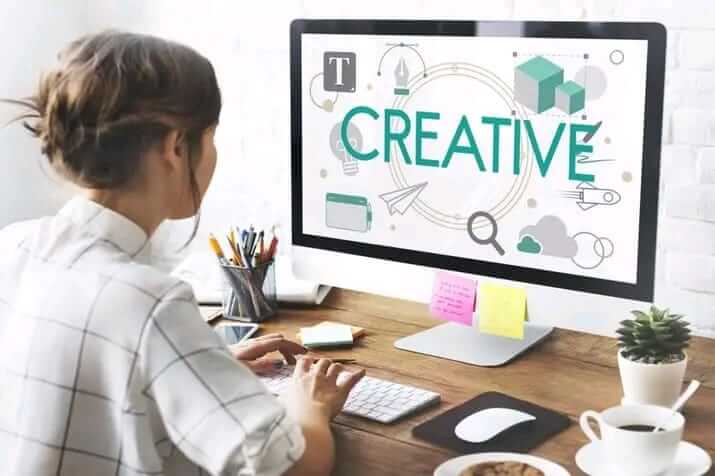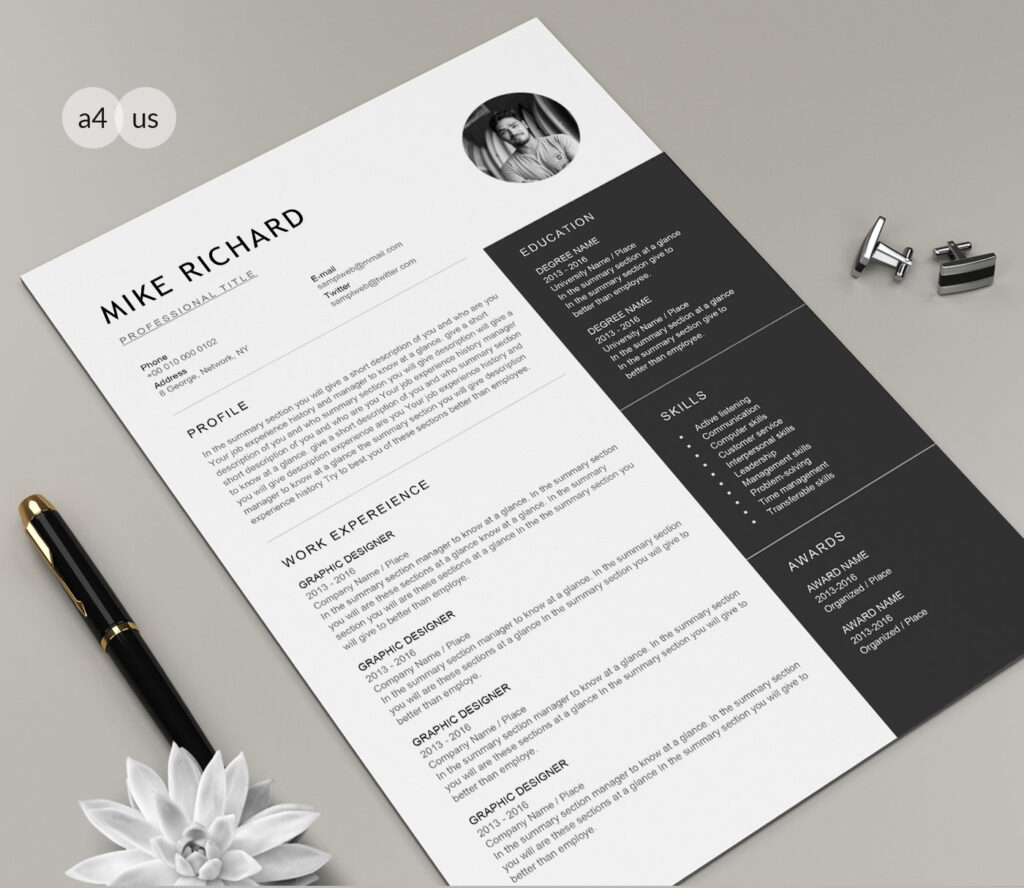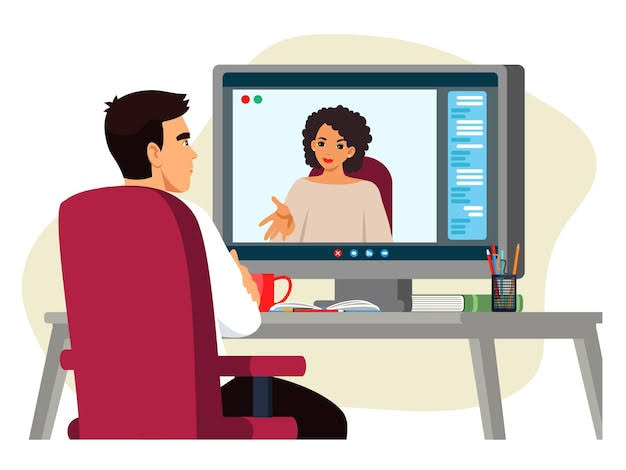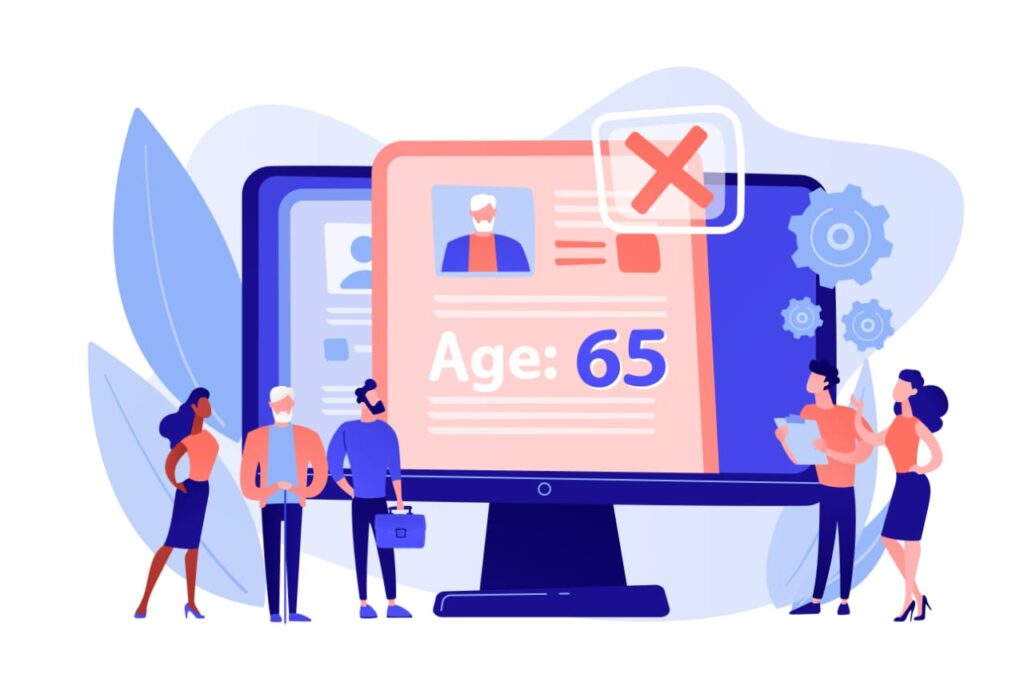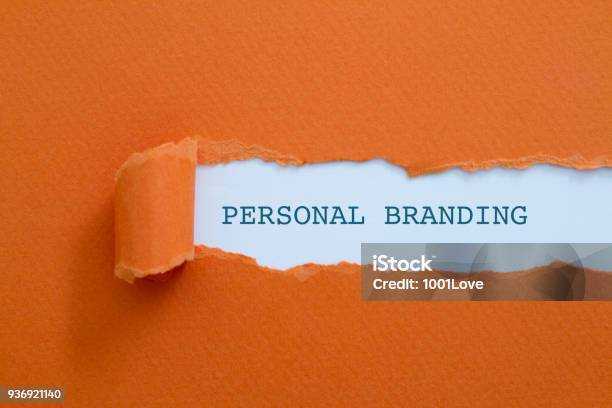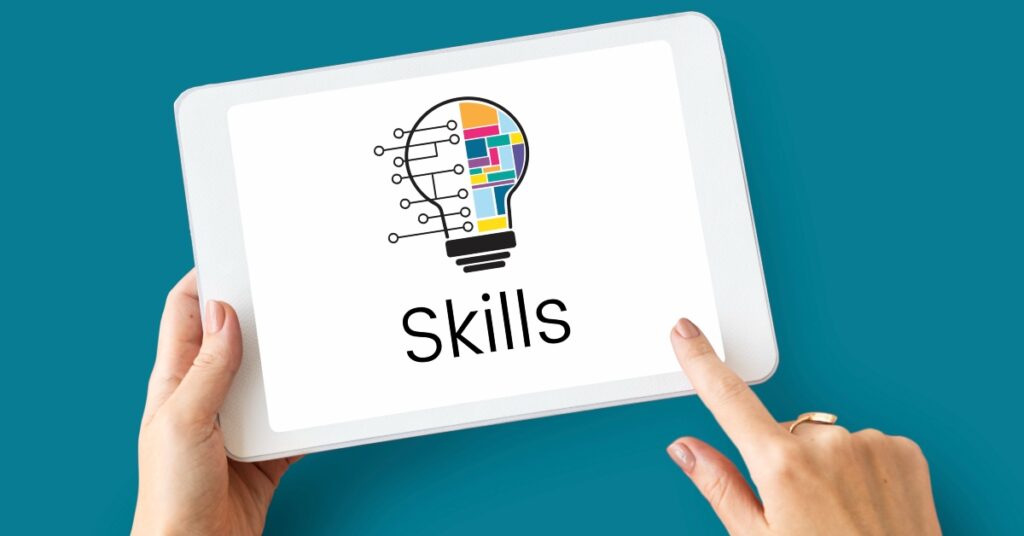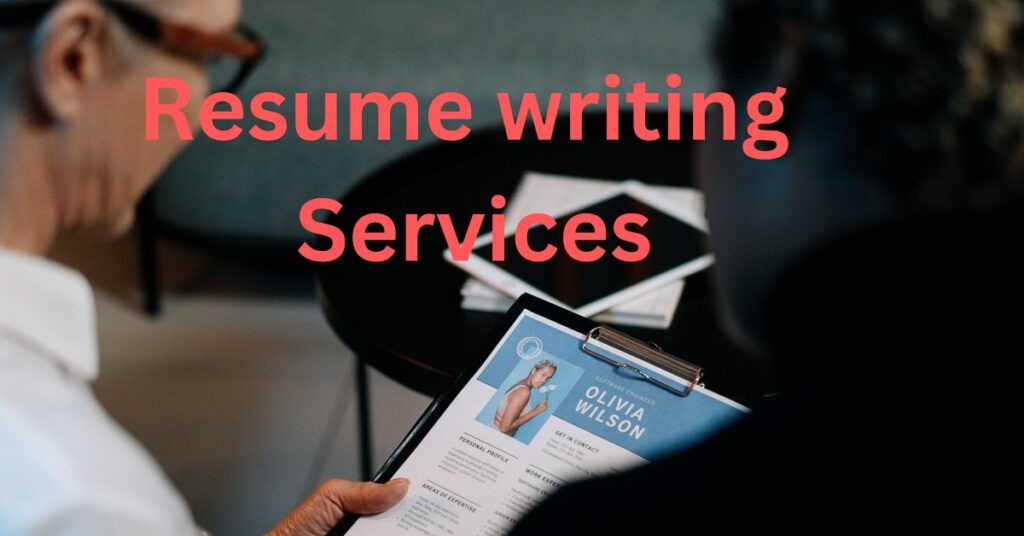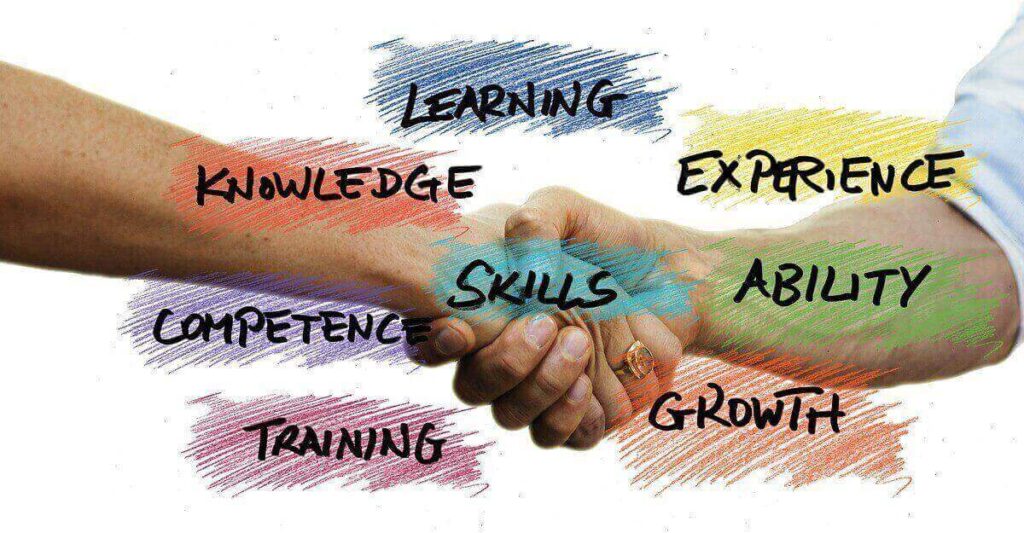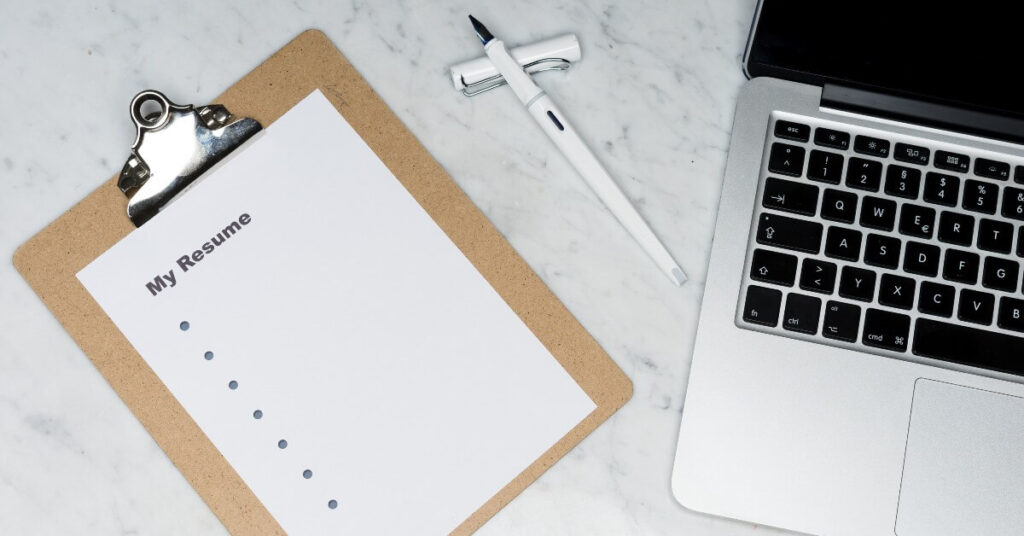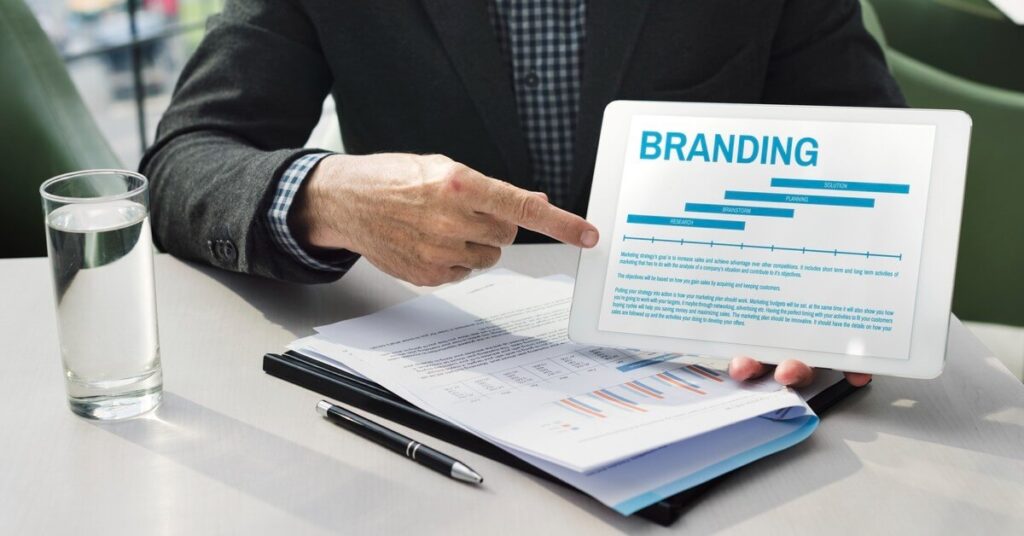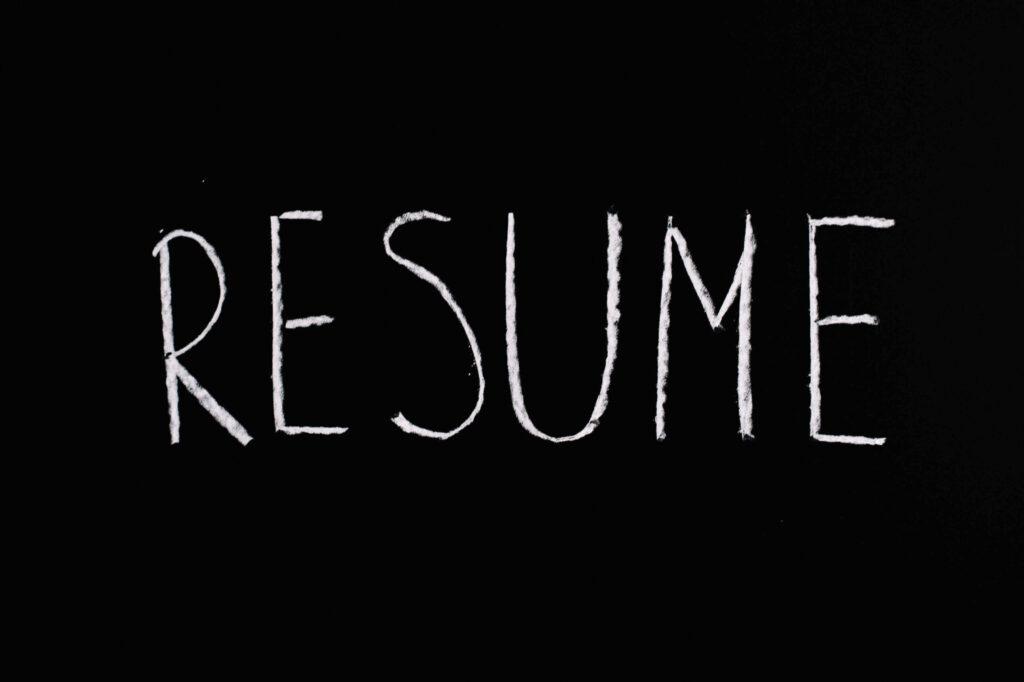Design in a resume refers to the layout, formatting, and visual presentation of the document. A well-designed resume can help to make it easier for recruiters and hiring managers to quickly identify important information and can help to make a good first impression. When it comes to resume design, there are several factors to consider. These include the choice of font, font size, and color scheme, as well as the use of headings, bullet points, and white space to create a clear and visually appealing document. The design of a resume should also be tailored to the particular job or industry for which the applicant is applying. For example, a creative industry may value a more visually interesting and unique design, while a more traditional industry may prefer a more straightforward and professional design. It’s important to remember that while design can enhance the overall presentation of a resume, the content and information included is still the most important aspect. A well-designed resume should not sacrifice the clarity and readability of the content in order to appear more visually appealing.
In today’s competitive job market, it is more important than ever to have a strong resume that stands out from the crowd. With so many applicants vying for the same positions, it’s not enough to simply list your skills and experience. You need to showcase your qualifications in a way that is visually appealing and engaging. That’s where design comes in.. In today’s competitive job market, standing out from the crowd is essential. One way to catch the attention of hiring managers and recruiters is through a well-designed resume. Gone are the days of boring, black-and-white resumes with plain text. The role of design in modern resumes has become increasingly important, and for good reason. In this article, we’ll explore the role of design in modern resumes and how it can help you land your dream job.
Why Design Matters in Resumes?
Design is the first thing that catches the eye when someone looks at your resume. It sets the tone for the entire document and can create an impression of who you are as a professional. A well-designed resume can make a great first impression and help you stand out from other candidates. Design can also help to organize your resume in a way that is easy to read and understand. A visually appealing resume can guide the reader’s eye to the most important information, making it easier for recruiters to quickly assess your qualifications.
Here are some reasons why design can make a difference in modern resumes:
Design helps convey information more effectively
Design elements such as color, font choices, and visual hierarchy can help highlight important information and make it easier for the reader to digest. A well-designed resume can help the reader quickly identify your skills and experience, and understand your qualifications for the job.
Design can showcase your personality and creativity
In addition to conveying information, design can also help showcase your personality and creativity. A unique and visually appealing resume can make a lasting impression on the hiring manager or recruiter, and make you stand out from other applicants.
Design can make your resume more memorable
Hiring managers and recruiters often review dozens, if not hundreds, of resumes for a single position. A well-designed resume can help you stand out and be remembered. If the design of your resume is memorable, the hiring manager or recruiter is more likely to remember you and your qualifications.
Design Elements in Modern Resumes
There are several design elements that can be used in modern resumes to enhance their effectiveness. These include:
Layout and Formatting
The layout and formatting of your resume can greatly impact its readability. A well-organized layout can make it easy for recruiters to quickly find the information they’re looking for. This can be achieved by using clear headings, bullet points, and a consistent font throughout the document.
Color
Color can be used to add visual interest and emphasize important information in your resume. However, it’s important to use color sparingly and strategically. Too much color can be overwhelming and detract from the content of your resume.
Typography
Choosing the right fonts for your resume can make it more readable and enhance its overall design. Consider using a combination of serif and sans-serif fonts to create contrast and hierarchy.
Visual hierarchy
Organizing your information with clear headings, subheadings, and bullet points can help create a visual hierarchy that makes your resume easier to read and understand.
White space
Leaving adequate white space around your text and design elements can help create a clean and organized look, and make your resume easier to read.
Icons and graphics
Adding icons and graphics can help break up text and make your resume more visually interesting. However, it’s important to choose icons and graphics that are relevant to the content and appropriate for the job and industry.
Infographics:
Using infographics to present information can make your resume more engaging and memorable. Consider using infographics to showcase your skills or accomplishments.
Branding:
Incorporating your personal brand into your resume can help make it more cohesive and memorable. Use consistent colors, fonts, and design elements across all your application materials.
Remember, the design elements you choose should enhance the content of your resume, not distract from it. Choose design elements that are appropriate for the job and industry, and that help highlight your qualifications and accomplishments.
When it comes to designing your resume, there are a few things to keep in mind:
Keep it simple.
While design can be powerful, it’s important not to go overboard. Keep your design simple and clean, with a clear hierarchy of information. Avoid clutter and excessive use of colors or graphics.
Tailor your design to the job and industry.
Different industries may have different expectations for resumes. For example, a creative industry may expect a more visually appealing resume, while a more traditional industry may prefer a more conservative design. Tailor your design to the job and industry to make sure it’s appropriate and effective.
Use design to enhance your content.
Design should never be used to distract from or cover up poor content. Make sure your content is strong and your design is used to enhance and showcase it, rather than distract from it.
Conclusion:
In conclusion, the role of design in modern resumes is becoming increasingly important. A well-designed resume can help convey information more effectively, showcase your personality and creativity, and make your resume more memorable. When designing your resume, keep it simple, tailor it to the job and industry, and use design to enhance your content. With these tips, you can create a visually appealing and effective resume that helps you stand out from the crowd.

